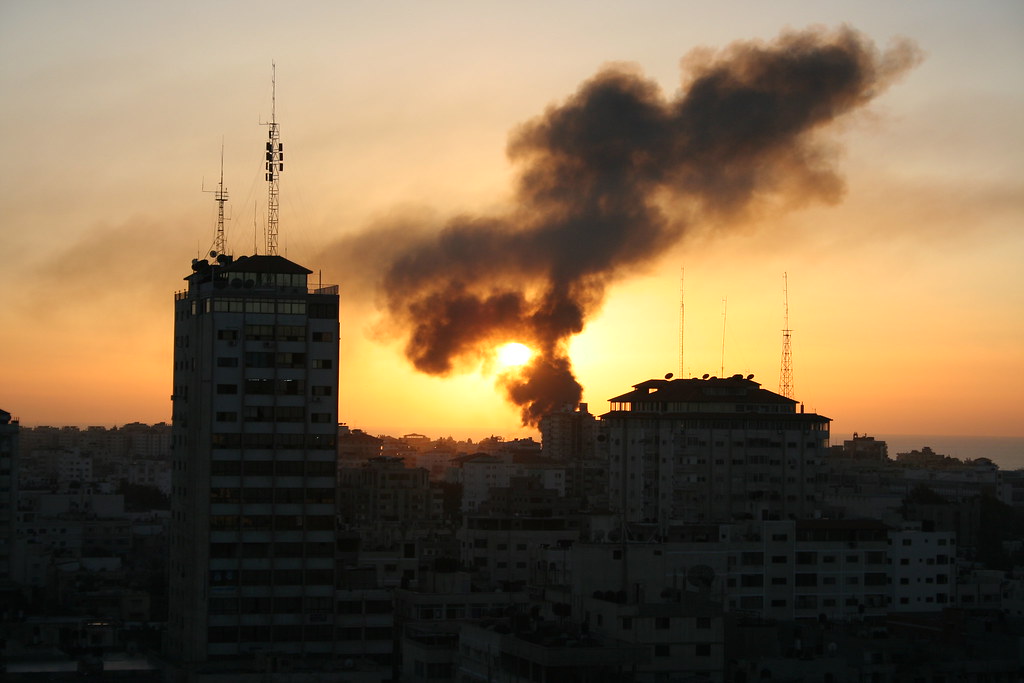Key Takeaways:
- The Trump peace deal did not create a fair solution for both sides.
- Benjamin Netanyahu paused the war only after wrecking Gaza’s infrastructure.
- Donald Trump backed Israel with weapons and vetoed UN ceasefire votes.
- No real two-state plan emerged; Palestinians remain under harsh control.
- Lasting peace needs new leaders, not just a shiny agreement.
A year of fierce fighting left Gaza in ruins. Israel hit Hamas hard. Yet top goals shifted once Prime Minister Benjamin Netanyahu crushed much of Gaza. Then Donald Trump stepped in. He declared victory and called it the Trump peace deal. However, the real story is more complex and unsettling.
Why the Trump Peace Deal Misses the Mark
First, Donald Trump cheered Israel’s military power. He sent more arms to Israel. He even blocked United Nations resolutions for a ceasefire. He did not speak out against the high civilian death toll in Gaza. Meanwhile, the International Criminal Court issued an arrest warrant for Netanyahu over his tactics. Despite this, Trump stayed silent.
Second, the deal did not grant Palestinians statehood. In fact, the United States under Trump never joined the 147 nations that recognize a Palestinian state. The Trump peace deal left Gaza and the West Bank under strict military control. It ignored Israeli settlement expansion in the West Bank. As a result, Palestinians remain displaced and impoverished.
Third, Netanyahu had already met his goals before the deal. He once said he wanted to “beat up” Palestinians until they felt deep pain. He severely damaged Gaza’s infrastructure and displaced nearly 90 percent of its people. Women and children bore the brunt of the violence. Over 20,000 children and 10,000 women were killed or wounded. Once his plan was complete, he was ready to stop. Trump simply took credit.
How the War Ended
Initially, Netanyahu pushed on. Yet Israel’s own citizens grew weary of daily news of destruction. Support for the war fell inside Israel. Meanwhile, Gaza’s residents had no safe place left. Under international pressure, Netanyahu agreed to cease hostilities. Trump then announced the Trump peace deal, framing it as his own triumph.
In reality, the deal was a pause, not a true peace treaty. There was no binding plan to build a Palestinian state. There were no guarantees for Gaza’s reconstruction. And there was no promise to halt Israeli settlements in occupied lands. Essentially, the deal locked in Israel’s military control.
The Role of International Law
International bodies had tried to intervene. The United Nations and the International Criminal Court raised alarms about civilian deaths and the use of starvation as a weapon. Yet Trump vetoed UN resolutions calling for a ceasefire. He also refused to condemn Israel’s actions. Thus, the Trump peace deal ignored key human rights concerns.
Without recognizing Palestinian rights, the agreement cannot last. A just peace must include real statehood and security for both groups. Otherwise, the cycle of violence will repeat.
Long-Term Impact on the Middle East
First, Gaza faces years of rebuild and recovery under siege. Israeli forces hold tight control over its borders, airspace, and waters. That control will likely stay in place because the peace deal says nothing to change it.
Second, the West Bank will see more settlements. International law deems these settlements illegal. Yet the Trump deal made no effort to stop them. This deepens Palestinian frustration and fuels future unrest.
Third, other Middle Eastern nations will watch closely. Some may lose faith in U.S. leadership as an honest broker. They see the deal as stacked in favor of one side. That shift could hurt broader regional cooperation on trade, security, and climate.
Why Leader Change Matters
For a fair two-state solution, both sides need new leaders. Netanyahu openly said he blocked Palestinian statehood back in 1999. He prides himself on undermining the Oslo Accords. As long as he holds power, a real two-state plan is fantasy.
Similarly, relying on Trump’s personal friendship with Netanyahu skews the deal. His loyalty to Netanyahu was unshakeable, even during peak violence. A future agreement needs fresh voices who care about both peoples.
What Comes Next
Leaders from around the world must step in. They need to push for:
• Genuine negotiations that include Palestinian representatives.
• A clear roadmap to build a Palestinian state.
• International monitoring to ensure human rights.
• A halt to settlement expansion in the West Bank.
Without these steps, the so-called peace will remain a pause. Moreover, Palestinians will keep suffering under occupation. In the end, the region needs more than a headline-grabbing deal. It needs justice, recognition, and real security for everyone.
Looking Ahead
The world welcomed the end of mass killings. Yet true peace will take years of effort. The Trump peace deal may have stopped the fighting. However, it left scars too deep to ignore. It also handed Israeli hardliners free rein to shape the postwar order.
In time, public pressure and new elections might change the balance. But until then, Palestinians will keep twisting in the wind. They lack a voice in decisions that shape their future. And any true peace remains out of reach.
Frequently Asked Questions
What is the core flaw of the Trump peace deal?
The main problem is the deal did not include Palestinian statehood or security guarantees. It left Israel in full control of occupied areas.
How did the Trump peace deal affect settlements?
It made no effort to stop Jewish settlement growth in the West Bank, so construction continued unchecked.
Will Gaza rebuild after the deal?
Gaza faces severe challenges. Without political change, rebuilding will be slow under tight Israeli control.
Can a new agreement bring real peace?
Yes. But it needs fresh leaders who respect both sides. It also needs clear steps toward two states and human rights monitoring.

